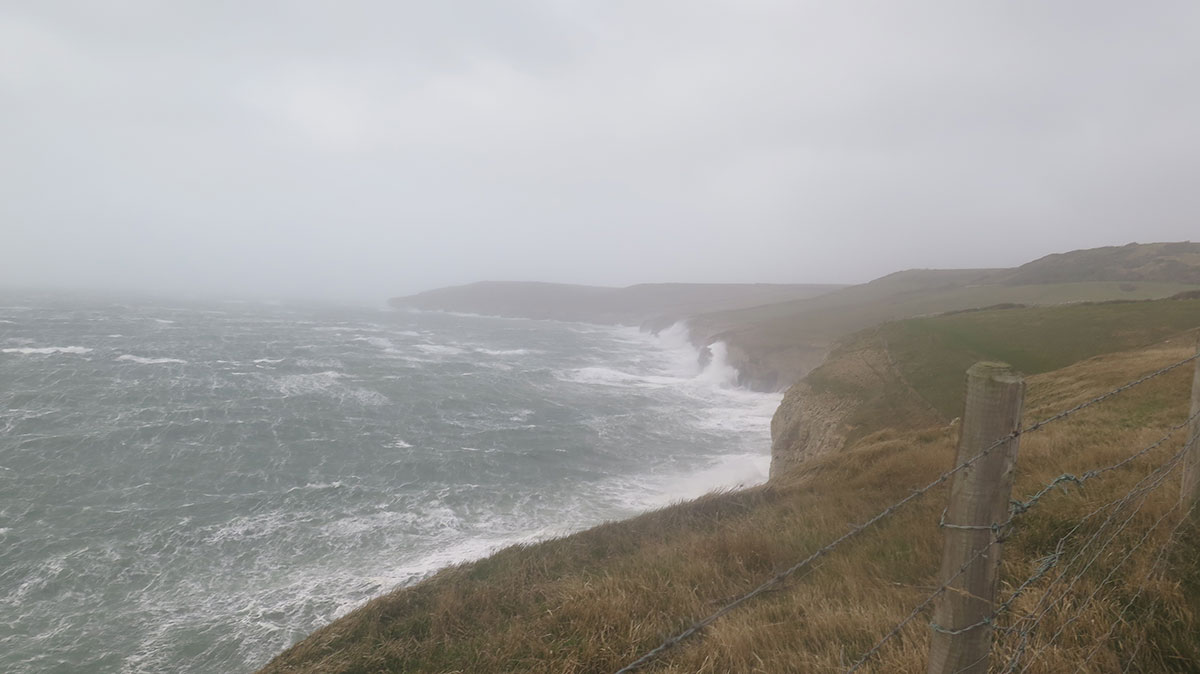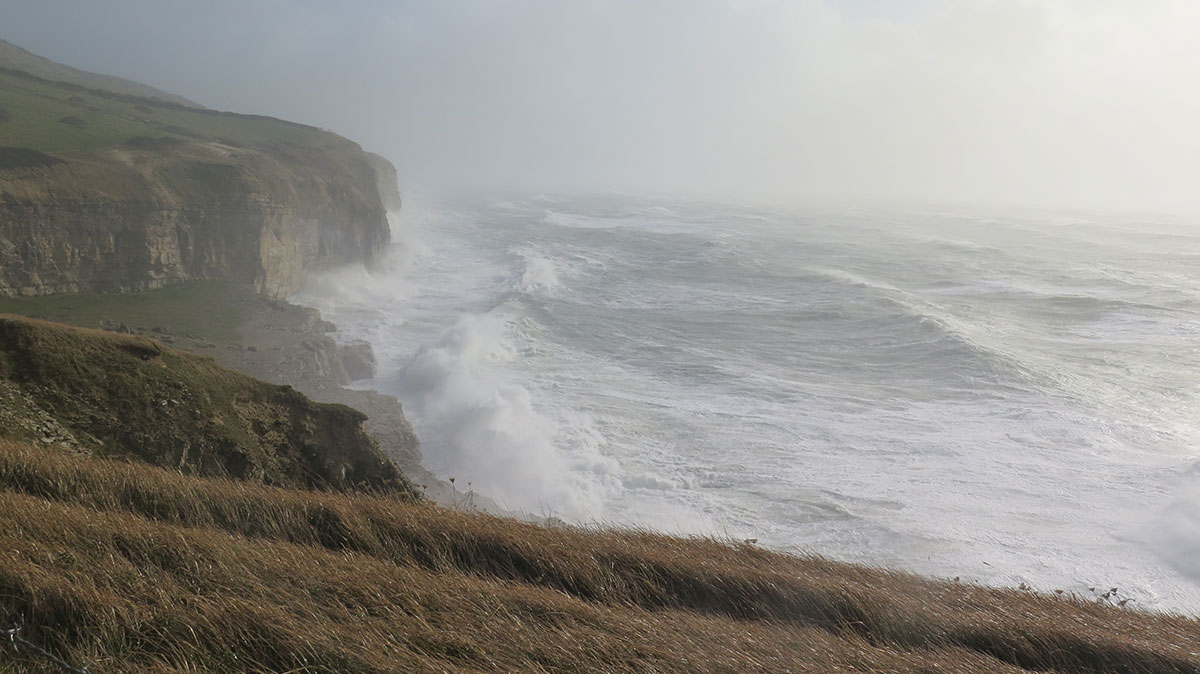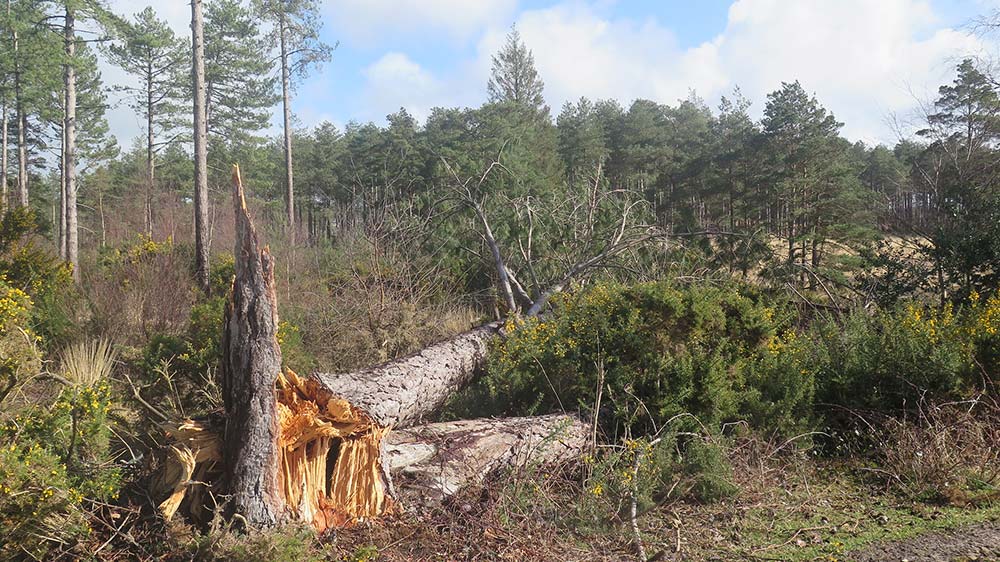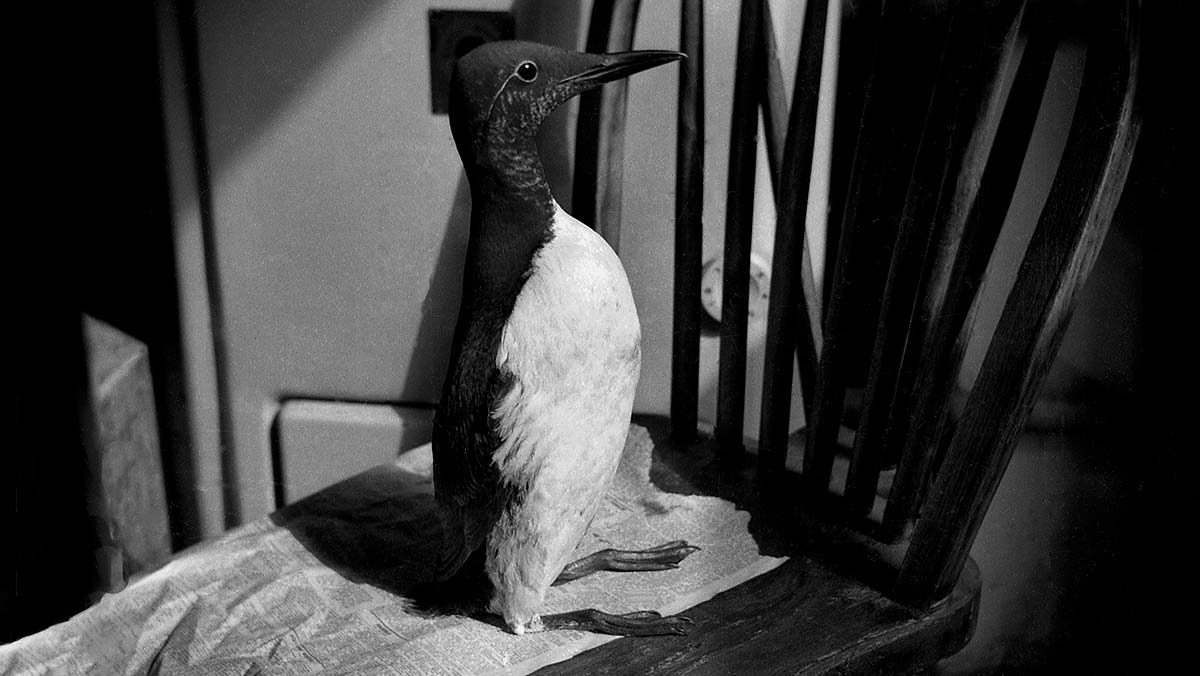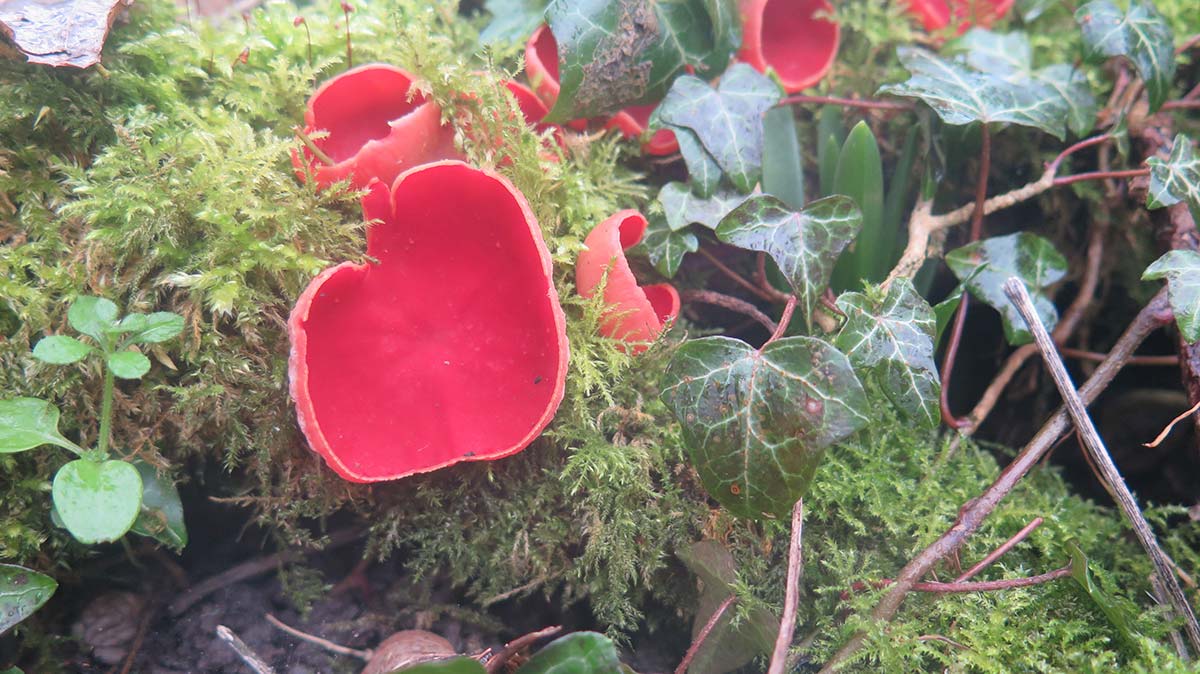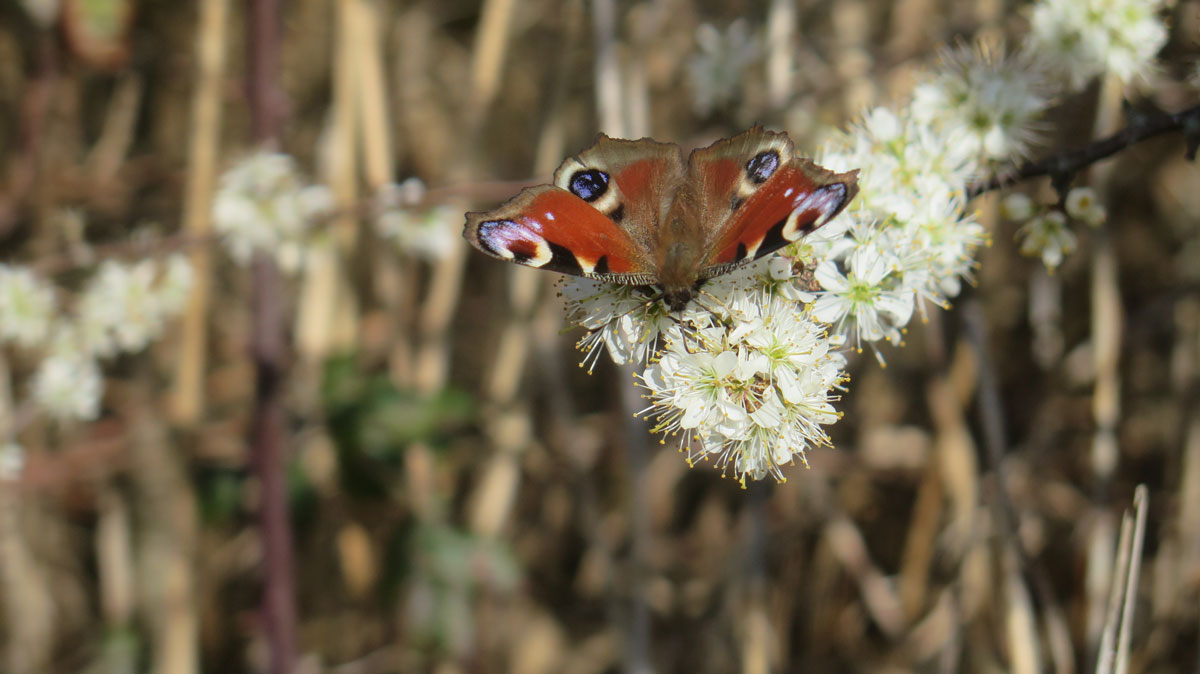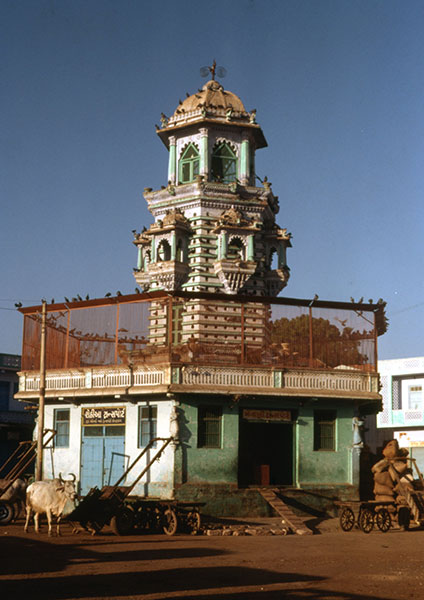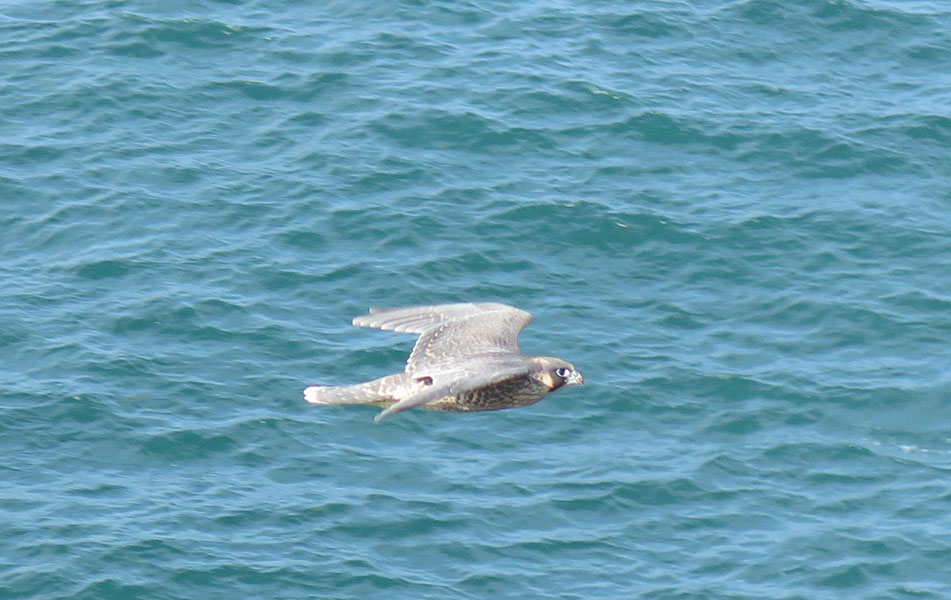60. The Lion And The Lamb
59. Biking Deeper Into Rajasthan
March 3, 2022
61. Ancient Temples & A Scam
May 5, 2022T he transfer from late winter to early Spring gives rise to that old description of March: it comes in like a lion and goes out as a lamb. This year in Purbeck the lion came early, fiercely. In February, a violent gale coincided with spring tide. There were red warnings: as so often each year, we were all doomed. Health and Safety. Fearless tourists, protected by God, used to totter blindly down the steps into Durlston’s Tilly Whim Caves – as precarious then as now - and, having seen, struggled up again. We boys would climb over the wall after closing time to avoid parting with thruppence. Now God is replaced by locks and warnings: it is almost fifty years since those caves were locked and chained … for your own good. So much of life could be banned for protection – but what would be left?
To savour the storm, an old man enjoying what thrills remain, I set out to reach the clifftop in time for high tide – the wickedest part. It didn’t disappoint. Once up on the limestone ridge, the decision was made for me: it was almost impossible to advance against the violent westerly, so eastwards towards the two pylons of the Measured Mile. There, waves striking a low but sheer stretch of cliff always offer the most dramatic impacts. Clouds of spray drifted up the Wares, obscuring the view and blinding the camera’s lens. On the ground, sheltered amongst low clumps of gorse, a fragile gold and tan yellowhammer crouched. No such tiny, frail bird could confront that wind. So far, I had been alone enjoying the scene, the roughest ever, exhilarated by a roaring, salted wind, the white bursting swells. Occasionally the clouds opened to lance a shaft of sun on the grey-green turmoil.
Then, between two posh dogs – some dogs just are posh - a woman in scarlet was bundled past on the gale. We exchanged visible, inaudible greetings as she was whisked away onwards towards Swanage, into the veil of another drift of spray. Turning west, striving against the blast, I stopped to admire each outburst of marine fireworks, hoping the next explosion would outclass the previous one.
The tide turned towards lunchtime, taking the edge off the display. The wind let up a little, softening the roar. The fury softened. Time to head home. By now, a large sycamore tree lay splintered beside the drive, hurled down during those last couple of hours. Missed me!
Even before the arrival of that deep depression the lamb had begun to stir; primroses were already open, their soft yellow increasingly adulterated by a pinkish invasion from garden primula. The touch of Spring brought sunshine warm enough to lie amongst the clifftop grass watching seabirds prepare for another season.
My interest long ago narrowed on the penguin-like auks – Guillemots, Razorbills and Puffins. Three of us, Robert Smith, Richard Verge and I, already keen on birds, had been caught up in the horror of oil pollution when, in the after-school dusk of late 1956, we found oiled auks on Buck Shore. Dying or dead, their protection gone, feathers ruined by thick oil casually discharged from off-shore tankers, in our boyhood oiled auks awaiting death from cold and starvation were a normal feature of Purbeck beaches.
Of an age to respond, we began to catch and wash those birds. They taught us long term responsibility. Washing destroyed the waterproofing of their feathers. Water no longer flowed off as from a duck’s back. Quickly soggy, the victims needed food and care for weeks. That cost. Sprats were a shilling (5p) a pound: we earned ten shillings (50p) a week on our paper rounds. The local, then the national press took a brief interest. People would slip us money, but, as with all news stories, enthusiasm faded and we managed alone. Later, each received an RSPCA medal of remarkably-light gold. Mine still hangs in the caravan – ‘For Kindness’: useful to display when I have been particularly unpleasant!
Why mention pollution? Because close contact with auks inspired a special interest in their success and failure. In the fifties the majority of active boys collected eggs. We thought that caused a major impact on wild birds. Bird Protection legislation in 1954 brought no apparent reverse in Purbeck seabird decline. Oil pollution was far more destructive; its control must have played a major role in the present steady increase in Purbeck’s Guillemot and Razorbill numbers. There is still lethal, colourless palm oil waste, but the quantities ejected are smaller: the birds it kills don’t look so bad, can be dismissed as merely storm-driven.
After the lion, the lamb granted a fairly mild end to March. The auks come to the cliffs in the morning through the winter, not every morning but influenced in part by the weather. Last week, with a stiff, chilly north-east breeze, the ledges were empty. They often leave around midday. Social creatures, the guillemots crowding their favoured ledges to groan, fight or flirt. Razorbills, more individual, tend to socialize on the sea, clearly in pairs, billing and growling. The romancing starts long before they lay, which is from St George’s Day onwards. With only a single site now occupied there is hardly a puffin society left. I look for them occasionally: two March visits produced no puffins, another yielded three and twice there was a single bird bobbing near the foot of the cliff. If their fate is sealed, it is still not too late to see one!
At home, a blue tit struggles to force a large piece of moss through the small hole of the nest box before dropping it into the undergrowth. No longer building, the blackbird must be sitting. A chiffchaff creeping through the garden on 9th March broke into monotonous, reassuring song the following day. A fortnight later came the first fluid strains of the blackcap. Early butterflies are busy and I have seen a smart little wheatear, but no swallow. Bluebells and wood anemones are opening. The edible blewit fungus has flourished above Dancing Ledge, scarlet elfcups shine amongst moss. It is Spring. Hopefully, the lion has gone. Certainly, the lambs skip.

